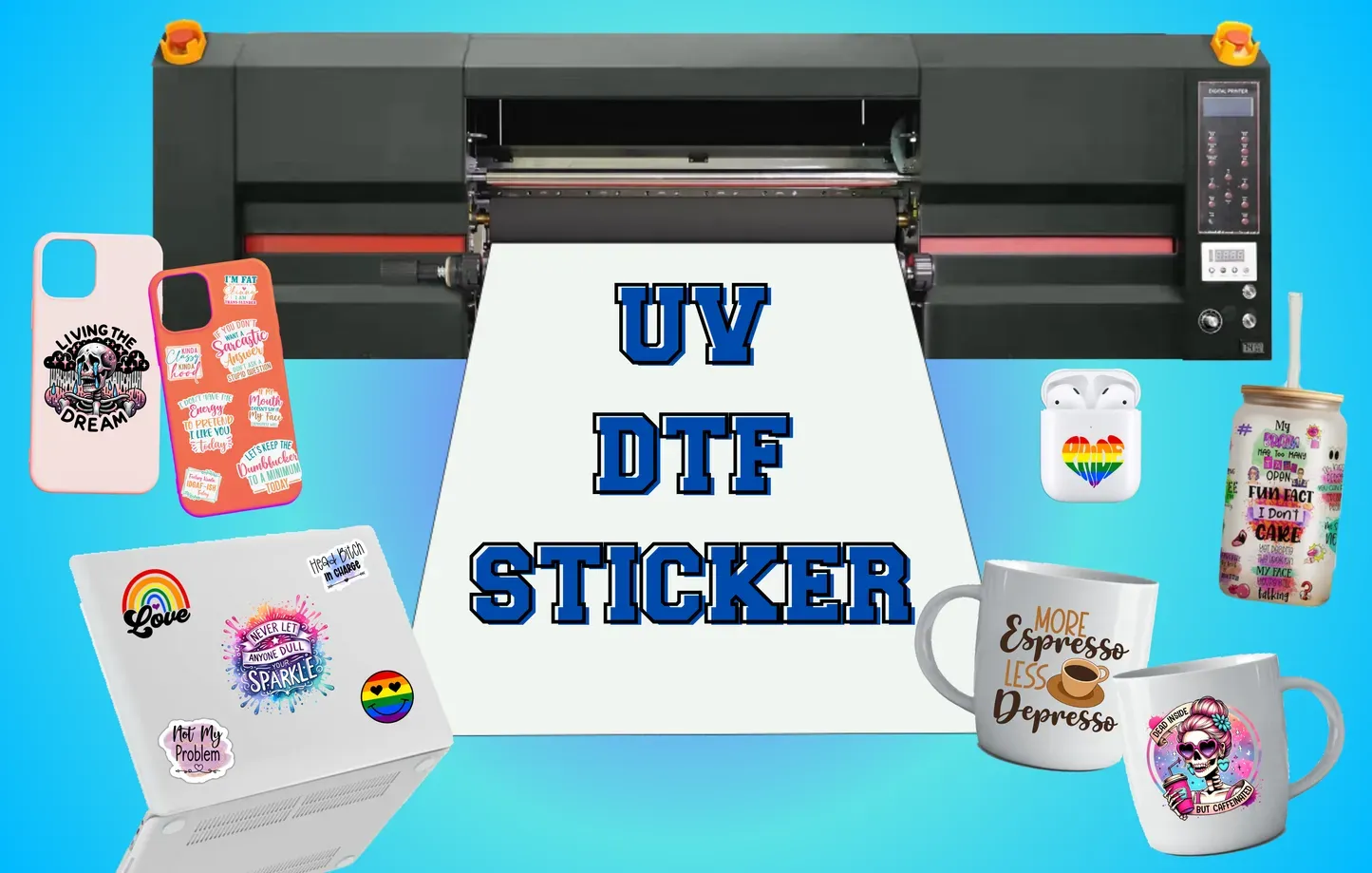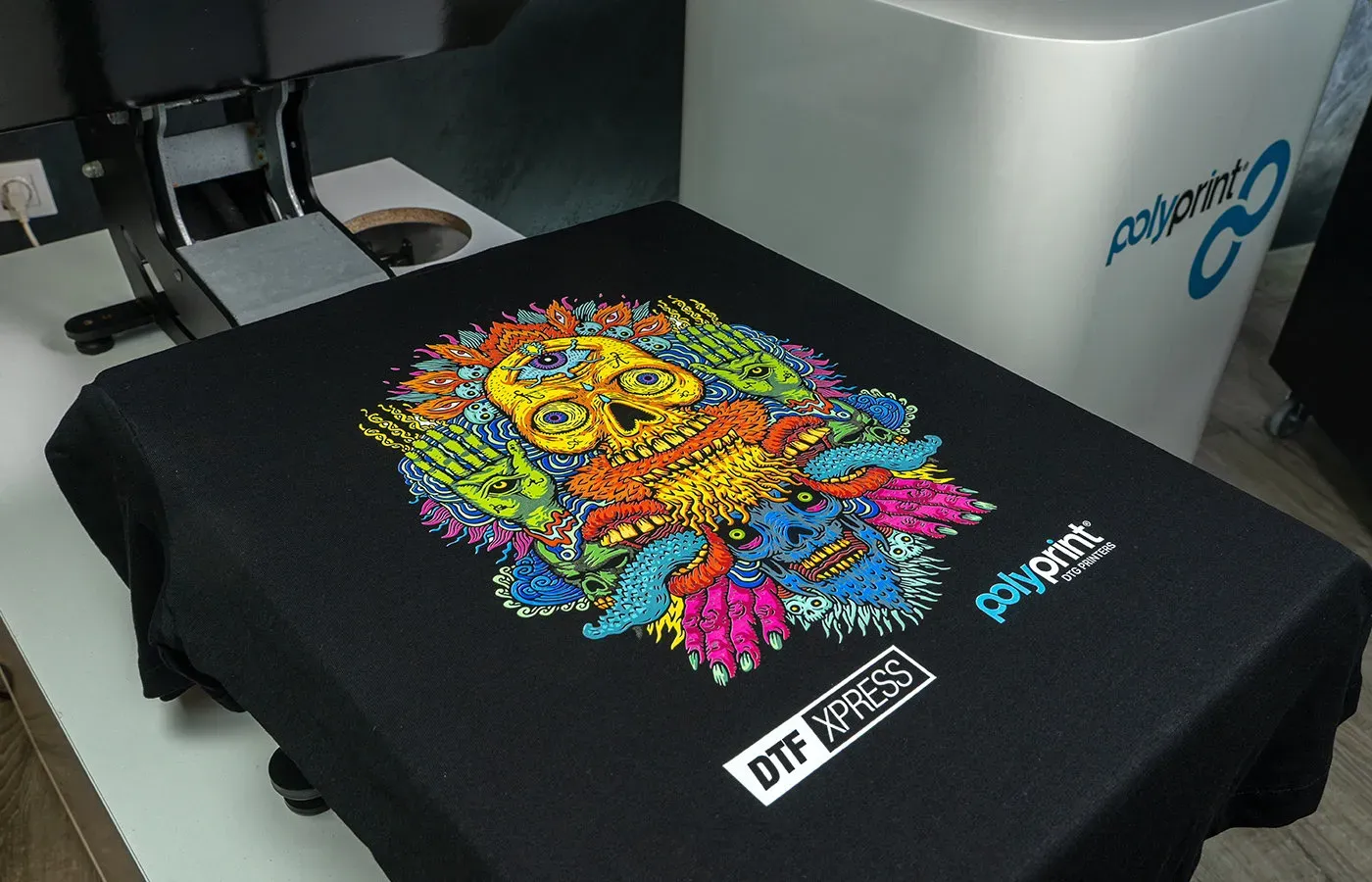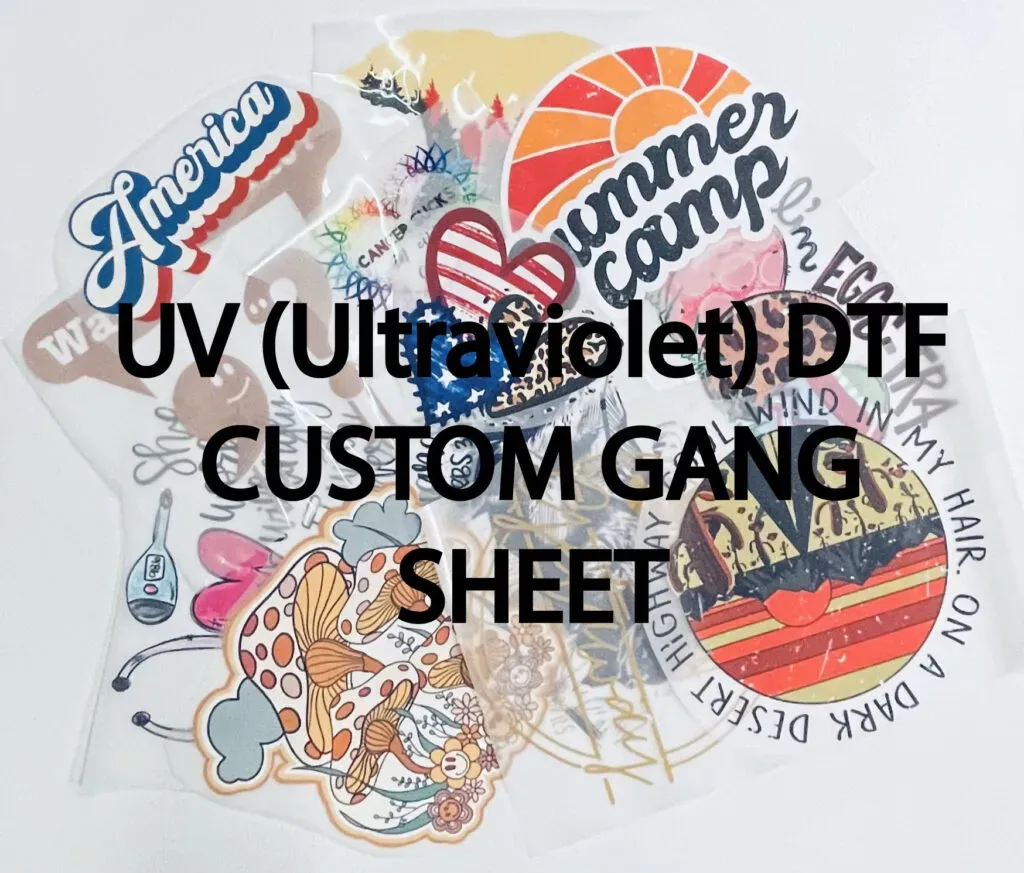DTF Printing: Step-by-Step Process from Design to Finish
DTF printing, or Direct to Film printing, has emerged as a game-changing technique in the realm of custom apparel printing. This advanced textile printing method is celebrated for its ability to produce high-quality, vibrant prints that can adhere seamlessly to various fabrics. As businesses increasingly seek efficient and sustainable options for textile creation, understanding the DTF print process becomes essential. By leveraging the intricacies of heat transfer printing and innovative ink formulations, DTF printing offers a remarkable solution for artists and designers alike. In this guide, we will explore the complete DTF printing process, ensuring you have all the knowledge to harness this technology effectively.
Often referred to as Direct to Film (DTF) printing, this unique method is revolutionizing how custom designs are brought to life on textiles. The DTF print technique involves utilizing advanced heat transfer printing methods that deliver exceptional detail and color vibrancy on apparel. As an alternative to traditional approaches, this printing style has gained popularity due to its ease of use and remarkable compatibility with varied fabrics. Understanding the nuances of textile printing techniques, particularly DTF printing, is becoming increasingly vital for manufacturers and designers who want to stay ahead of the competition. Join us as we delve into the fascinating world of DTF printing, exploring its various stages and benefits.
Understanding DTF Printing and Its Advantages
Direct to Film (DTF) printing has emerged as a revolutionary technique in the textile printing landscape. Unlike traditional methods such as screen printing or heat transfer printing, DTF offers unique advantages that cater to modern printing needs. With DTF printing, images are printed on a special film and then heat transferred onto fabrics, providing flexibility with design complexity and color vibrancy. This method eliminates the limitations often encountered with fabric types and design intricacies, allowing for a broader range of applications in custom apparel printing.
Another significant advantage of DTF printing is its efficiency in producing vibrant prints on demand. With a quick turnaround time, DTF makes it easier for businesses to manage small batches without compromising quality. The eco-friendly nature of DTF inks, which are mainly water-based, contributes further to its appeal, ensuring that both the printing process and the final product are less harmful to the environment compared to more traditional printing techniques. As such, DTF printing positions itself as both a sustainable and innovative solution in the ever-evolving textile industry.
A Detailed Look at the DTF Print Process
The DTF print process is a meticulously organized sequence of steps that begins with design creation. Utilizing programs such as Adobe Illustrator or CorelDRAW, designers develop high-resolution graphics that maximize color fidelity and visual impact. This careful preparation is critical as it lays the groundwork for vibrant prints. Once finalized, the images are printed onto specialized DTF transfer film using DTF printers that facilitate precise application of CMYK and white inks, resulting in stunning visuals that stand out on any textile.
After the design creation, the essential steps of powder adhesion and heat transfer follow. Applying a hot-melt adhesive powder while the ink is still wet creates a strong bond that ensures durability when the design is transferred. The heat press method solidifies the print, where proper pressure and temperature settings play instrumental roles in finishing the product. This systematic approach ensures that every DTF print not only achieves high aesthetic value but also maintains longevity through effective bonding with the fabric.
Design Creation: The Foundation of Successful DTF Printing
The initial phase of any DTF printing journey is design creation, which plays a critical role in determining the final output quality. It is essential to produce designs that are not only visually appealing but also technically suitable for printing. Choosing the right colors and ensuring the dimensions are accurate are paramount, alongside selecting the appropriate fabric types for the design. An understanding of how different materials interact with inks will greatly influence the outcome, ensuring that the colors remain vibrant and the graphic details are sharp on the final product.
Moreover, designers must consider the intricacy of the designs. DTF printing allows for highly detailed artwork; therefore, leveraging the capabilities of graphic design software can enhance the overall look of the printed apparel. With DTF’s ability to reproduce complex patterns and gradients, designers can think outside the box and experiment with creative designs that traditional methods might struggle with. This flexibility in design not only showcases creativity but also meets the diverse demands of customers in the custom apparel market.
Efficient Print Technologies in DTF
Efficiency is one of the hallmark features of DTF printing, making it an increasingly popular choice among manufacturers and designers. Utilizing advanced printing machinery, DTF printing techniques can produce high-quality transfers swiftly, which is crucial for businesses looking to fulfill orders in a timely manner. The use of specialized DTF printers also ensures that the colors are vividly applied with precision, providing a professional finish on a variety of fabrics.
Moreover, DTF printing stands out because of its low waste and resource consumption, especially in contrast to other textile printing techniques. The process facilitates a smoother workflow from design through to production, reducing the time and materials often lost in traditional printing processes. This efficiency not only translates to cost savings but also enhances production scalability, enabling businesses to quickly adapt to market demands and customer requests for personalized designs.
The Role of Powder Adhesion in DTF Printing
Powder adhesion is a crucial step that significantly influences the durability and quality of the final printed design in DTF printing. After the desired design is printed on the transfer film, a hot-melt adhesive powder is applied while the ink remains wet. This process ensures the ink adheres securely to the fabric once the design is transferred, resulting in a long-lasting print that can withstand various washing and wearing conditions. Understanding the nuances of powder application is vital for achieving optimal results in the final product.
In addition to adhesion, heat curing plays a critical role in activating the adhesive. After the powder is applied, the film is passed through a curing oven where controlled heat is applied. This heat not only helps bond the ink to the fabric but also enhances the overall washability of the print. Properly managing time and temperature during this step is essential to avoid under curing or over curing, both of which can adversely affect the appearance and longevity of the print. Thus, mastering the powder adhesion and heat curing steps can greatly enhance the quality of DTF prints.
Final Touches: Ensuring Quality in DTF Prints
The final touches in the DTF printing process are critical in producing a superior finished product. After completing the heat transfer, cooling the film before peeling off is essential to ensure a smooth, wrinkle-free look. This cooling phase not only improves the texture of the print but also helps avoid premature wear on the transferred design, which is vital for maintaining the aesthetic appeal of the apparel. Proper handling during this stage is key to ensuring that the printed image remains intact and visually appealing.
In addition to cooling, a post-pressing step is often employed by professionals to further enhance the print’s durability. By pressing the fabric a second time without the film, the inks become more deeply embedded into the fibers, which significantly boosts the longevity of the prints. This additional care during the finishing process underscores the importance of quality control in DTF printing, as operators meticulously check for flaws to ensure that every product meets high standards before it reaches the customer, protecting the brand’s reputation and guaranteeing customer satisfaction.
Frequently Asked Questions
What is DTF printing and how does it differ from traditional textile printing techniques?
DTF printing, or Direct to Film printing, is a modern textile printing technique that prints designs onto a special transfer film before applying them to fabric using a heat press. Unlike traditional methods that apply ink directly to fabric, DTF allows for vibrant colors and intricate designs while minimizing fabric distortion, making it ideal for custom apparel printing.
How does the DTF print process ensure high-quality prints?
The DTF print process ensures high-quality prints through several key steps: starting with design creation in vector format, precise ink application during printing, and a heat activation process for dye adhesion. This method results in durable prints that can withstand washing and wear, making DTF printing a preferred choice for custom apparel.
What types of fabrics are suitable for DTF printing?
DTF printing is versatile and works well on a variety of fabrics, including cotton, polyester, and blends. It’s important to choose the right fabric to achieve optimal color vibrancy and adherence, with each fabric having specific temperature and pressure requirements during the heat transfer stage.
Can DTF printing be used for small batch custom apparel orders?
Yes, DTF printing is particularly beneficial for small batch custom apparel orders due to its cost-effectiveness and quick turnaround times. This flexibility makes it an excellent choice for businesses looking to offer personalized designs without committing to large production runs.
What advantages do DTF inks offer compared to traditional plastisol inks?
DTF inks are often water-based, making them more environmentally friendly than traditional plastisol inks. They also provide better flexibility, durability, and washability, resulting in higher quality prints that maintain their vibrancy and integrity over time, which is a significant advantage for custom apparel printing.
How do I ensure the best results from the DTF printing process?
To ensure the best results from the DTF printing process, focus on creating high-quality designs using vector graphics, select suitable fabrics with the right characteristics, and pay attention to the heat transfer settings such as temperature, pressure, and timing. Proper quality control during finishing touches also enhances the durability and appearance of the final product.
| Step | Description | Key Considerations |
|---|---|---|
| 1: Design Creation | Establishing the foundational design using graphic design software. | Use CMYK color mode, size designs properly, consider fabric type. |
| 2: Printing the Design | Printing onto specialized DTF transfer film with CMYK and white inks. | Ensure quick production times, use water-based inks. |
| 3: Powder Adhesion | Applying hot-melt adhesive powder to the printed design. | Heat treatment is necessary for strong adhesion. |
| 4: Transfer Process | Transferring the design to fabric with heat press. | Carefully monitor pressure, temperature, and timing. |
| 5: Finishing Touches | Cooling the transfer and ensuring quality control. | Conduct thorough inspections for quality assurance. |
Summary
DTF printing is a groundbreaking technique that combines vibrant design with practicality in textile printing. This process involves several essential steps, including design creation, printing onto special transfer films, and finally transferring the designs onto fabric using a heat press. Each stage is critical in ensuring durability and quality in the finished product, from considering color modes and fabric types to ensuring proper adhesive application and heat treatment. As the industry evolves, DTF printing continues to advance with improved ink formulations and cost-effective production methods. Embracing DTF printing allows businesses to enhance their offerings while contributing to sustainable practices in custom apparel production.






